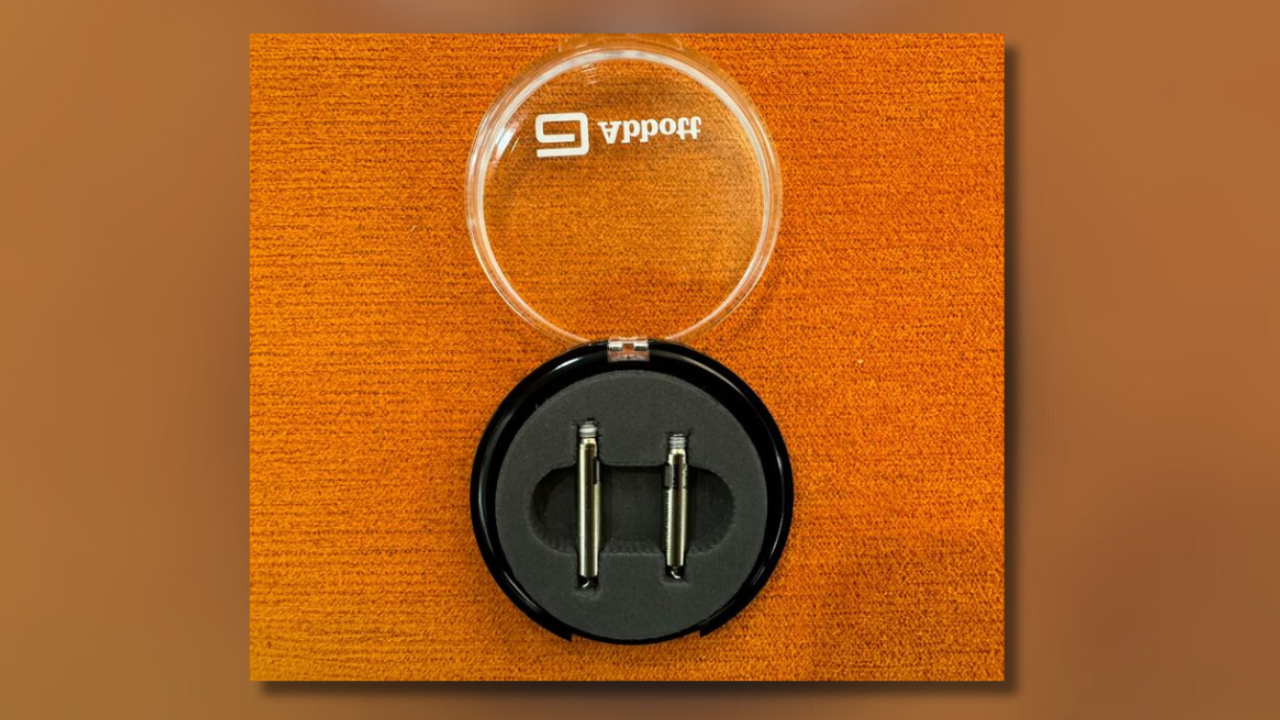LARGO, Fla. — A Pinellas County woman becomes the first patient to receive a dual chamber leadless pacemaker system on the west coast of Florida.
The device is smaller than a conventional pacemaker. The technology requires no wires in the veins or incision in the chest.
“At HCA Florida Largo Hospital, we serve as a regional referral center for patients with heart disease. I am incredibly proud of our team and how they consistently bring the best and most advanced treatment options to our patients right here in West Florida,” said Dr. Sebastian Strom, CEO of HCA Florida Largo Hospital.
Danette Strange-Gay had the procedure on Friday, July 12.
Since her procedure, another four patients have received the device at HCA Florida Largo Hospital.
About eight years ago, she started having symptoms including shortness of breath and dizziness.
She said after the procedure, she feels great.
"It’s fabulous, woke up fine. When I went in, I couldn’t walk steady, but now after the procedure, I walk pretty good," said Danette.
Dr. Jeffrey Brumfield said she was the perfect candidate for the procedure because of her prior medical history.
She beat leukemia as a child and is waiting for a kidney.
"She had sick sinus syndrome. Her heart's natural pacemaker in the upper chamber wasn’t working very well, but in addition to that, she is a dialysis patient. She already had an infected device in the left upper chest that I had to remove," said Dr. Jeffrey Brumfield, board certified cardiologist and clinical cardiac electrophysiologist.
The new technology involves two separate leadless pacemakers, one in the right upper chamber, and one on the right lower chamber of the heart.
A patient is sedated and the device is implanted by using a catheter.

The leadless pacemakers are only about 1/10 the size of conventional pacemakers. This system offers beat-to-beat communication between the two leadless pacemakers, which synchronizes the upper and lower chambers.
"This technology enables us to improve the lives our patients who require dual chamber pacing. For patients like Danette who are immunocompromised, it will not only treat her slow heart rhythm, but reduce the risk of future complications like infections and offer a shorter recovery time after the procedure,” said Dr. Brumfield.
“This minimally invasive procedure does not involve a chest incision or implantation of leads in the veins that can fail or become infected. Previously, leadless pacing was only commercially available for pacing the ventricles, which was appropriate for only some patients. With the new atrial leadless pacemaker, we can offer leadless pacing to almost all patients who need a pacemaker, regardless of their diagnosis.”
Dr. Brumfield said the technology reduces the risk of complications like infections in the future.
"Really just about anybody can be a candidate for a leadless pacemaker. I think it's best used in patients who are very young because they have such a long time to live and can avoid future complications by having the leadless pacemaker," said Dr. Brumfield.

'A miracle': Florida family captures dramatic rescue after 2 go overboard on Disney cruise
Two people were rescued from a Disney Cruise Line ship after going overboard this weekend. A local family from Indian Rocks Beach said they were on the ship and captured video of the moments leading up to the rescue.





